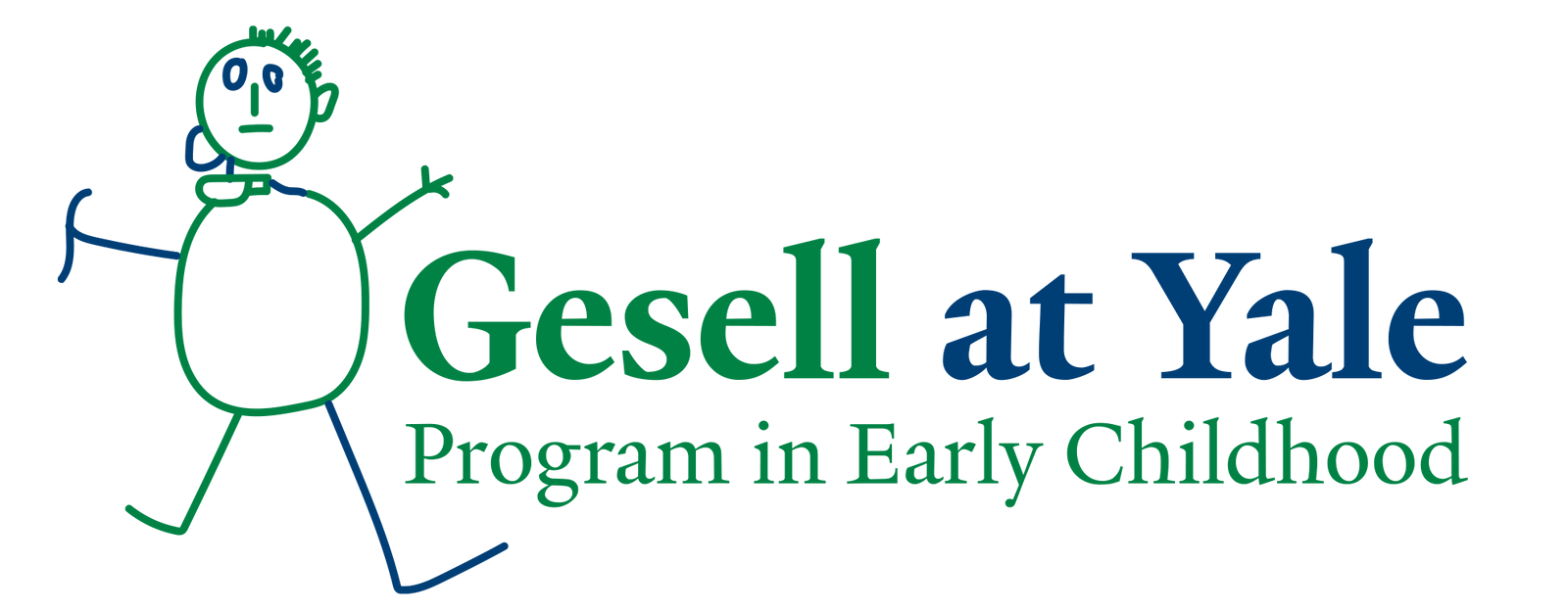Professional Development (PD) for teachers and caregivers is crucial for ongoing improvement and to ensure high quality programs for children. The Every Student Succeeds Act states schools and districts are responsible for improving the quality and effectiveness of teachers, principals, and other school leaders in an effort to positively impact student academic achievement. However, finding professional development opportunities that are meaningful, and that have a real, lasting impact can be a challenge.

As a classroom teacher, I experienced the professional development “plan” at work in public and private schools. Too often, there was a disconnect between what was happening on a day to day basis in my classroom, and what was being chosen for professional learning by leadership. I am a lifelong learner, so I always gained some information and resources from the PD I participated in. Still, it never seemed to fit into an overall plan or system that truly impacted the children or my classroom practices. When I became a principal I was determined to solve this problem. One tactic I used was a team approach. I spent time in classrooms, I listened, and I created an environment involving an interactive culture, collaboration, and accountability.
It is evident, as cited in a recent article in Education Week, that what teachers believe is useful PD, common planning time with colleagues, and mentoring being at the top of the list, does not always match what administrators consider to be most beneficial. Instead, most systems start with what teachers listed as the least desirable: PD from outside the district, and PD focused on academic standards. As with all things, there has to be a balance that focuses on what is best for children.
So where do we start?
Choosing the right professional development for your team is the first step. There are important questions to ask as you begin planning your program and strategy.
- What are needed areas of improvement? The answer should come from your observations, teacher feedback, collaborative discussion, and evaluation processes. The areas identified should not be a surprise to the teachers in the program if you use a process where all are involved and invested.
- What are some new methods or practices we want to introduce? Identifying learning needs for your staff based on desired outcomes for children must be a guiding force behind your planning. This should coincide with the preceding question, and work to fill “gaps” or simply improve practices through implementation of new ideas. This should be a very collaborative and exciting process when all players are engaged. Building from ideas of those in the classroom helps ensure commitment to the goals established, and ultimately long-term success.
Once you have your PD plans made, how can you be sure that the new information is implemented? It can be difficult to be sure the learning sticks and positively impacts children.
- Develop a leadership plan that addresses culture, collaboration, and accountability and takes into account the overall picture of ongoing professional learning. Create a culture of professional learners who have value. Have regular conversations about ongoing needs for improvement with the entire team. Plan open feedback and collaboration in normal staff meetings. Create an environment where accountability is something that isn’t feared, but valued because it makes everyone better, which is better for children. This takes time, but is the only way to produce ongoing results and higher quality programs. Don’t just present information, but create a CULTURE of professional learners who COLLABORATE on a regular basis and then are ACCOUNTABLE for improving the lives of children.
- Ensure that the PD you invest in is not only implemented, but that continued shared learning and collaboration is taking place in order to allow for the greatest potential for positive outcomes in the classroom. This means “keep talking about it!”. Professional development should be an ongoing process, not a day or two. Make plans to have teachers share how the implementation is going in their own classrooms and what their future plans are; what is working and what isn’t. Provide further articles, books, webinars and other resources to make implementation successful. Have teachers observe one another and share ideas on a regular basis.

When you invest in a team approach and all members feel valued and have a shared commitment to improvement, positive outcomes occur. I know from experience that once collaboration and shared approaches are in place, investment from the classroom level increases. As I spent more time in classrooms participating and helping (not just observing with a clipboard) I saw teachers understand that we were in it together for the children. What a difference it makes! Relationships and genuine common goals influence programs and create a culture that fosters positive change. Creating an environment where teachers are valued members of a team that regularly bring their own ideas and expertise to the group, as well as PD that is clearly communicated and revisited throughout the year (or longer), can be impactful.
Teachers are always learners. Early Education leaders are responsible for creating environments where they can be successful in that process. A few tips to summarize:
- Don’t look for a magic bullet, view big picture
- Don’t ignore the knowledge in house
- Collaborate Collaborate Collaborate!
- Accountability should not be feared, but viewed as part of getting better
- TEAM approach
This is informing our own work at The Gesell Institute of Child Development as we continue to offer Professional Development trainings and seminars, as well as expanded interactive and responsive learning opportunities including:
- Mentoring
- Coaching
- Ongoing support following our trainings
Visit our website for our current schedule, as well as other topics and content to allow us to help you meet your PD needs.

Wonderful approach! Building and supporting the in-house culture of team collaboration and keeping it ongoing sounds very doable for most schools.